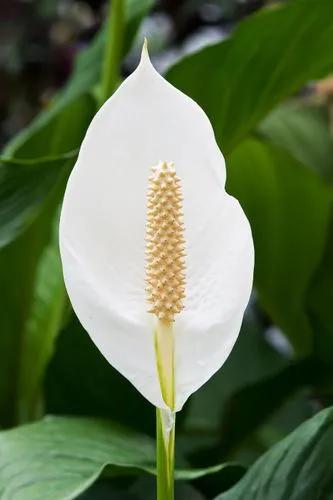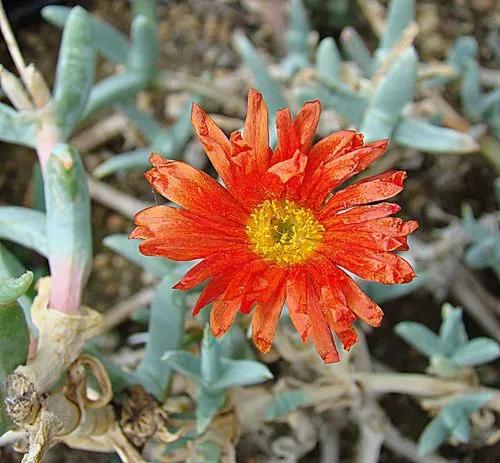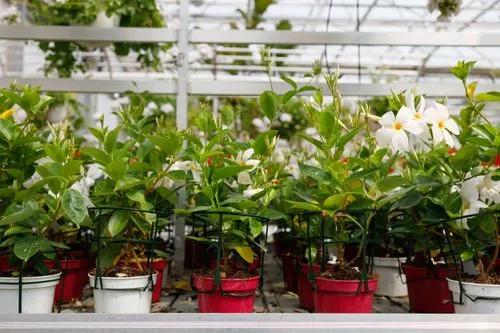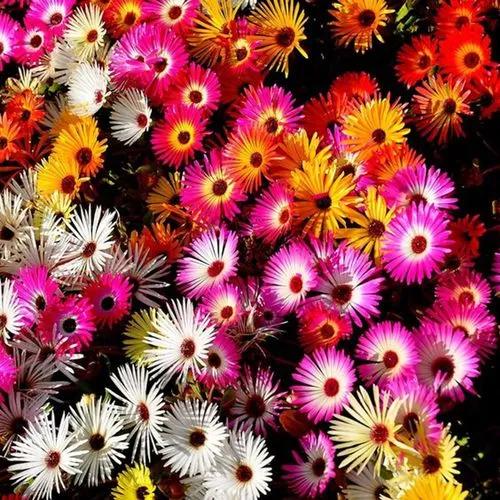The Cornelian cherry dogwood (Cornus mas) is a large multi-stemed deciduous shrub that is sometimes trained as a small tree. The growth habit is usually round or oval in shape. The green foliage is 2 to 4 inches long, presenting in an opposite leaf arrangement. As with other dogwoods, there is also opposite branching.A winner of the Award of Garden Merit from the Royal Horticultural Society, this shrub features clusters of yellow flowers appearing at the end of winter or early spring, which then lead to edible red fruits. This is one of the earliest shrubs to bloom, with blossoms that unfurl before the leaves. The clusters of yellow flowers are similar in appearance to forsythia, and the red stone fruits (drupes) that ripen in July resemble olives in size and shape. They are used in European cuisine for drinks, syrups, preserves, jams, and sauces. They can be eaten fresh or dried, though they need to be fully ripe in order to lose some of their bitterness.The leaves of cornelian cherry dogwood may develop some shades of reddish-purple in fall, though the display is not notable. The peeling, exfoliating brown bark adds some four-season interest to the plant. Cornelian cherry dogwood is a fairly slow-growing species that will take up to 10 years to achieve 15 feet in height. It is normally planted in the spring.
Cornelian-cherry Care
Cornus Mas



How to Care for the Plant

Water

This plant has average water needs—it will thrive with about 1 inch of water per week in the form of rainfall and/or irrigation. Make sure the moisture penetrates the soil to a depth of about 6 inches. Once established, this type of dogwood is fairly resilient, bouncing back from being flooded during wet spells or parched during drought.

Pruning

This shrub tends to form multiple leader stems, and to control the size you'll need to prune away suckers that appear. To train the plant as a small tree, select a main leader as a trunk, then systematically prune away competing shoots. This species also can be readily pruned to maintain as a hedge plant.The best timing for hard pruning is immediately after the flowers have faded in spring, but be aware that you'll lose the fruits for that season.

Fertilizer

Like most dogwoods, cornelian cherry dogwood is best fertilized once in the early spring, then once about three months later. Use a balanced slow-release granular fertilizer mixed into the soil around the roots. If you have extremely alkaline soil, using an acidifying fertilizer may help.

Sunlight

This shrub prefers a location that offers full sun to part shade. It requires a bit more sun than most dogwoods—less than 4 hours of sun daily will lead to reduced flowering and fruit production.

Soil

Cornelian cherry dogwood is most happy with a well-drained rich soil that has a good amount of humus in it. It will fail to thrive in dense soils that remain constantly wet. While most dogwoods prefer slightly acidic soil, cornelian cherry dogwood can do fine even in slightly alkaline conditions.

Temperature

Rated for USDA zones 4 to 8, cornelian cherry dogwood will survive temperatures down to minus-25 or minus-30 degrees Fahrenheit.

Popularity

659 people already have this plant 179 people have added this plant to their wishlists
Discover more plants with the list below
Popular articles






